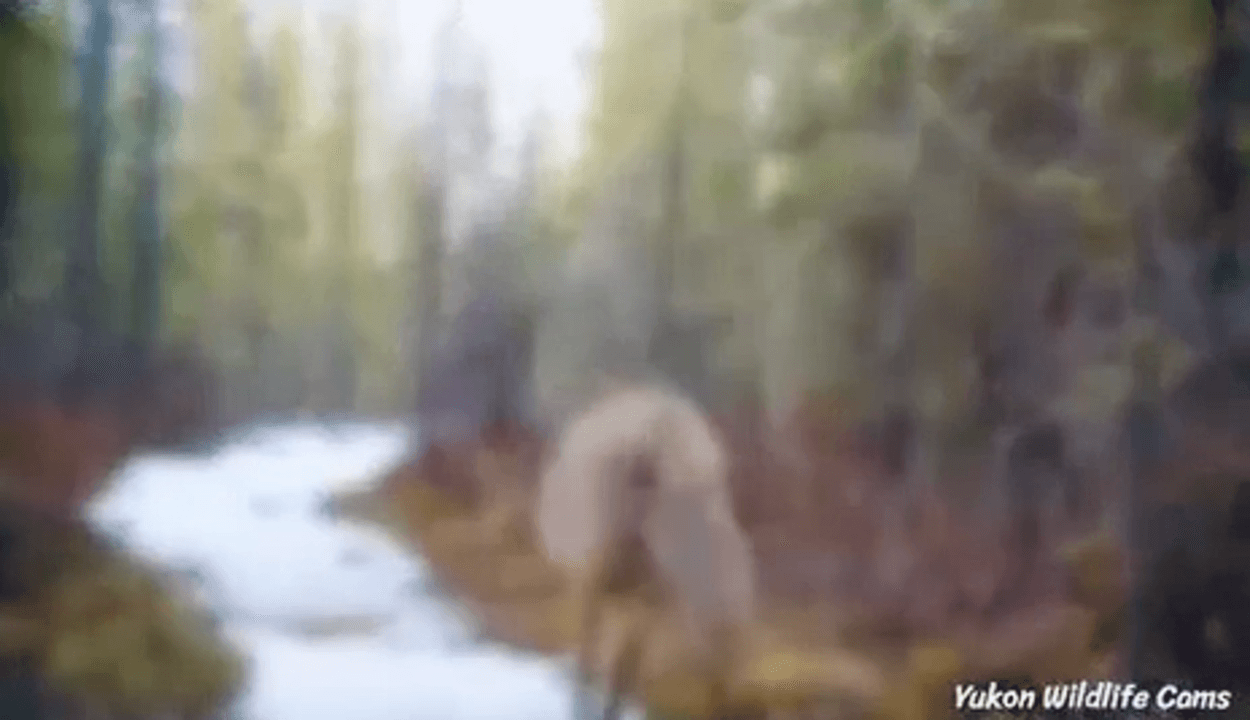
The Canadian Wildlife Federation (CWF) is one of Canada’s leading conservation organizations, dedicated to fostering appreciation for wildlife and preserving the country's natural heritage. Founded in 1961, CWF has been instrumental in promoting environmental education, supporting scientific research, and advocating for sustainable practices that benefit both humans and wildlife. It focuses on wildlife conservation, protecting natural resources CWF promoting sustainable hunting and fishing practices. The Canadian Wildlife Federation (CWF) is a non-profit organization that actively participates in research and biodiversity conservation projects across Canada. History of CWF Established in 1961, the Canadian Wildlife Federation was created to address growing concerns about habitat loss, pollution, and declining wildlife populations across Canada. At the time, there was a lack of coordinated effort to protect the nation's rich biodiversity, and CWF emerged as a unifying voice for conservationists, scientists, educators, and outdoor enthusiasts. From its early days, CWF focused on engaging Canadians in wildlife conservation through education, advocacy, and hands-on projects. Over the decades, the organization has expanded its scope to tackle modern challenges such as climate change, invasive species, and urbanization. Today, CWF remains at the forefront of efforts to safeguard Canada's natural resources for future generations. Membership and Support CWF has a robust membership base, with over 450,000 supporters nationwide. This includes individual members, corporate partners, educational institutions, and community groups who share a commitment to wildlife conservation. While not all members are hunters, many hunters and anglers actively support CWF due to its emphasis on sustainable resource management and habitat preservation. In addition to membership fees, CWF receives funding from government grants, corporate sponsorships, donations, and fundraising events. The organization's annual budget typically ranges between $8 million and $12 million , which is allocated toward programs, research, education, and advocacy initiatives. Hunting Impact and Conservation Efforts Hunting plays an important role in CWF's conservation strategy. Many hunters are among the organization's most dedicated supporters, recognizing the importance of sustainable hunting practices in maintaining healthy ecosystems. Below are some ways hunting contributes to CWF's mission: Wildlife Management : Regulated hunting helps control populations of certain species, preventing overgrazing and reducing human-wildlife conflicts. For example, moose and deer hunting quotas are carefully managed to maintain balanced ecosystems. Funding Conservation : A significant portion of revenue generated from hunting licenses, permits, and equipment sales supports conservation projects. Hunters contribute millions of dollars annually to habitat restoration, research, and education programs. Community Engagement : Hunters often serve as stewards of the land, participating in citizen science projects, monitoring wildlife populations, and reporting illegal activities such as poaching. Traditional Knowledge : CWF works with Indigenous communities to incorporate traditional knowledge into wildlife management plans. This collaboration ensures that cultural practices, including subsistence hunting, are respected and integrated into broader conservation goals. Interesting Facts About CWF National Geographic Partnership : CWF partnered with National Geographic to launch the "Explore the Wild" program, which encourages Canadians to connect with nature through exploration and learning. Youth Engagement : Through programs like "Biggest School Bird Watch," CWF engages thousands of students each year in wildlife observation and data collection, inspiring the next generation of conservationists. Species Recovery Projects : CWF has been involved in numerous successful species recovery projects, including the reintroduction of swift foxes, wood bison, and trumpeter swans to parts of their historic range. Urban Wildlife Initiatives : Recognizing the growing disconnect between people and nature in urban areas, CWF launched initiatives like "Grow for Pollinators" and "Wild City" to bring wildlife habitats into cities and suburbs. Climate Change Focus : In recent years, CWF has prioritized addressing the impacts of climate change on wildlife. Their research highlights how rising temperatures, shifting migration patterns, and changing ecosystems affect species across Canada. The Canadian Wildlife Federation (CWF) is a vital force in protecting Canada's natural heritage, with over 450,000 supporters and an annual budget of $8–12 million. By combining education, advocacy, and practical conservation efforts, CWF addresses pressing environmental issues while honoring the traditions of hunting, fishing, and outdoor recreation. Hunters play a crucial role in this mission, contributing financially and as stewards of the land. As Canada faces new challenges such as climate change and habitat fragmentation, CWF continues to lead the way in ensuring a sustainable future for wildlife and people alike. Contact Information: Address: Canadian Wildlife Federation 350 Michael Cowpland Drive Kanata, ON K2M 2W1 Canada Phone: +1 (613) 599-9594 Website: https://cwf-fcf.org
Post: 3 February 17:32

